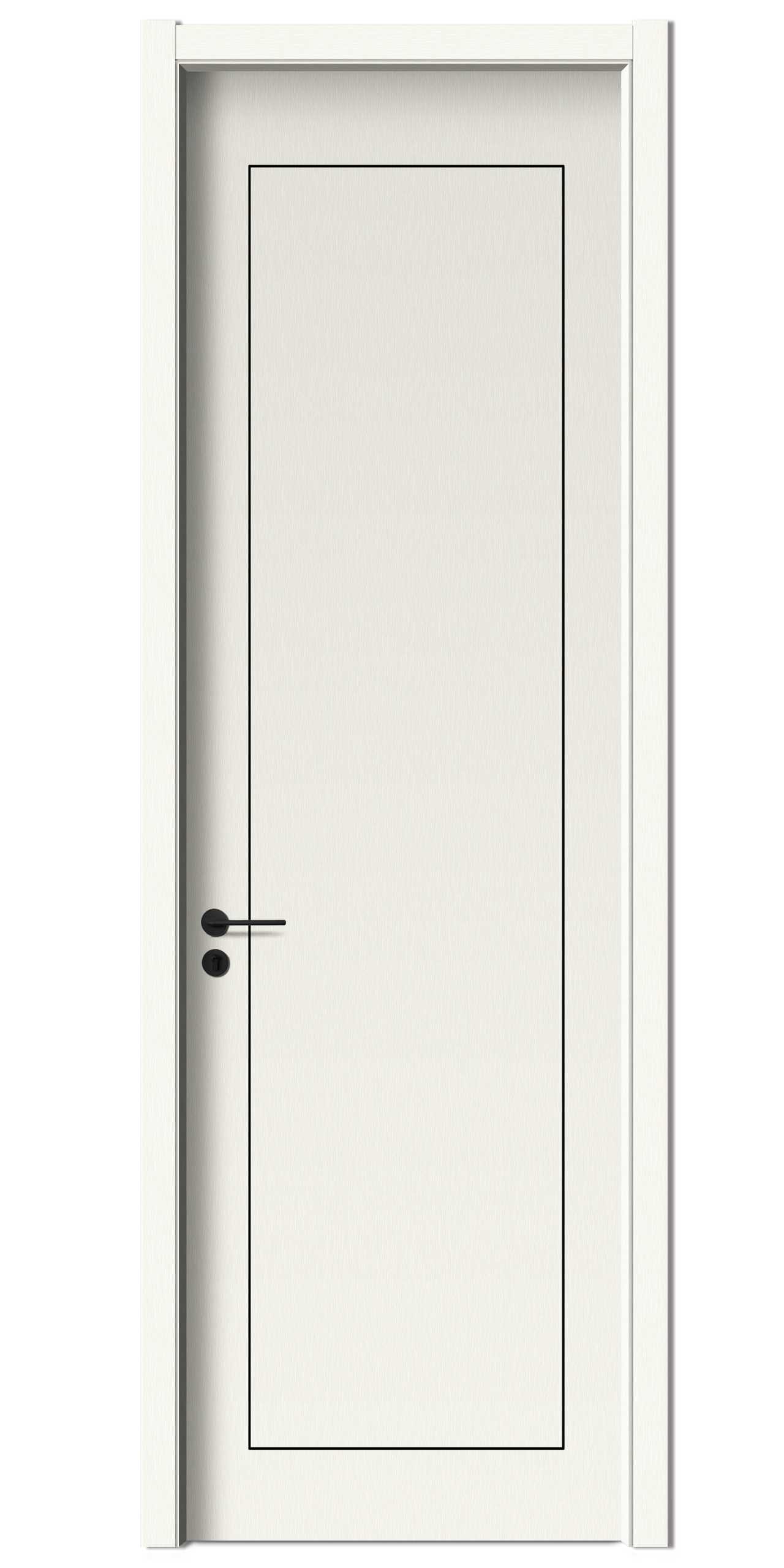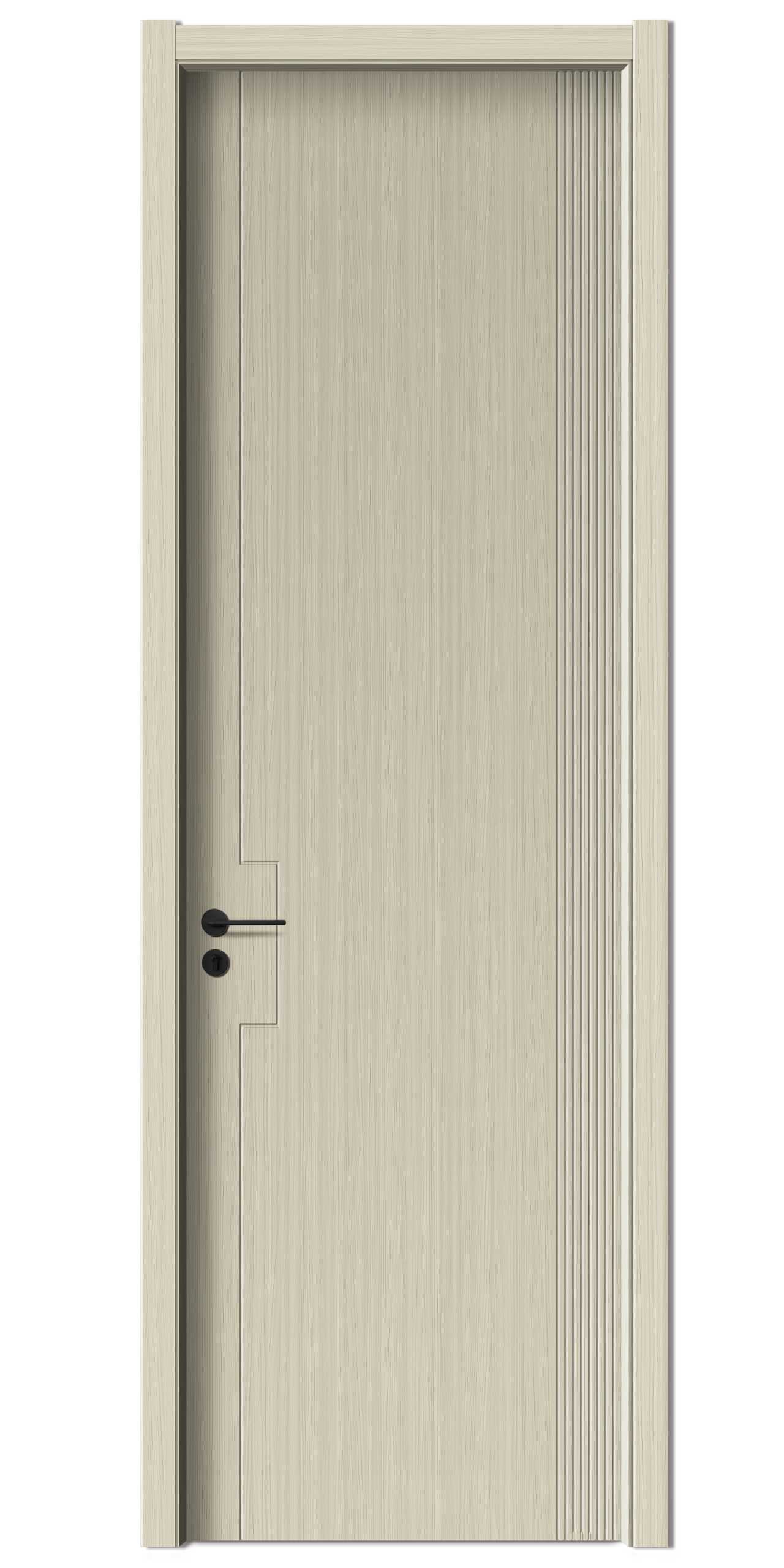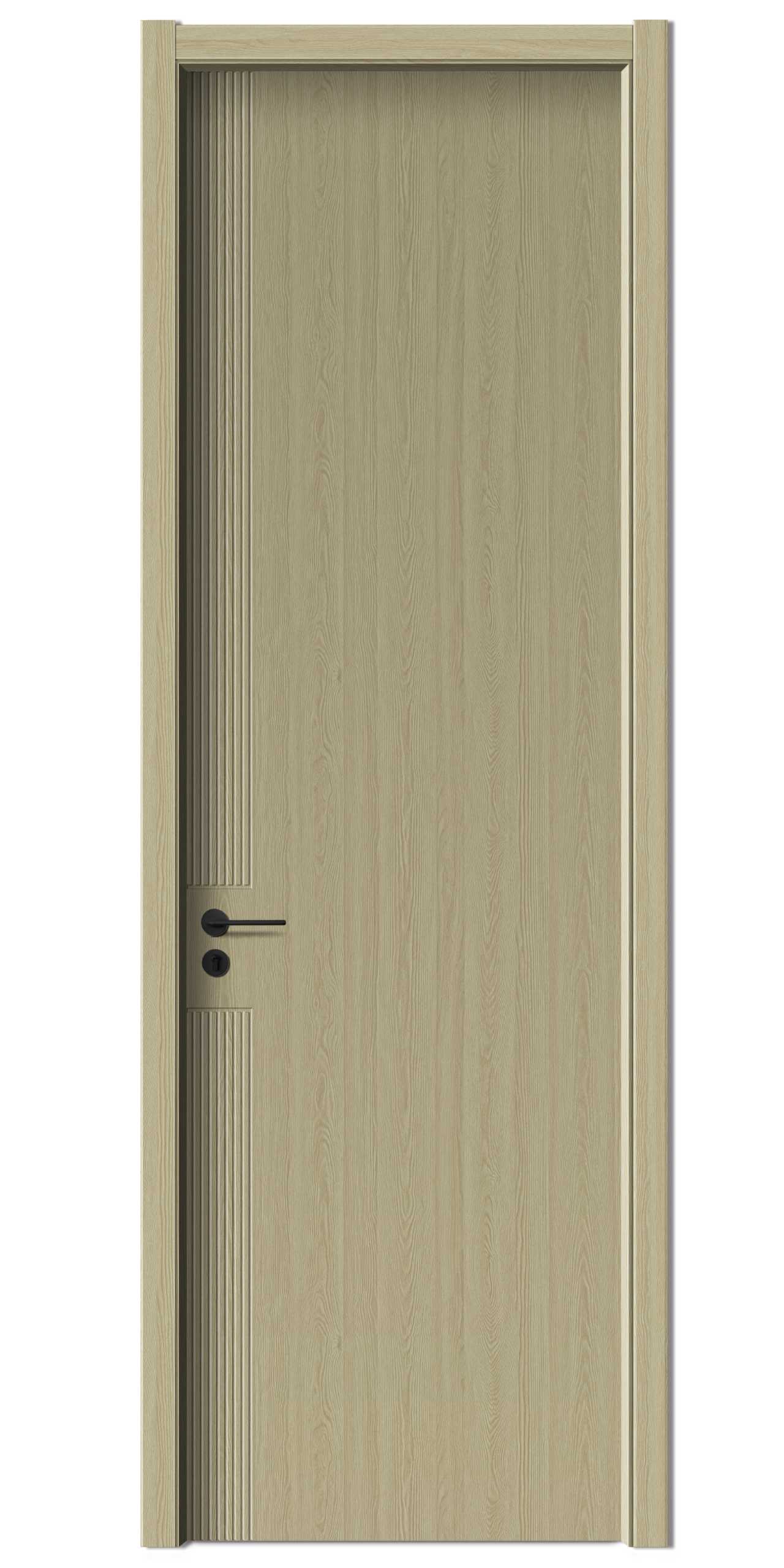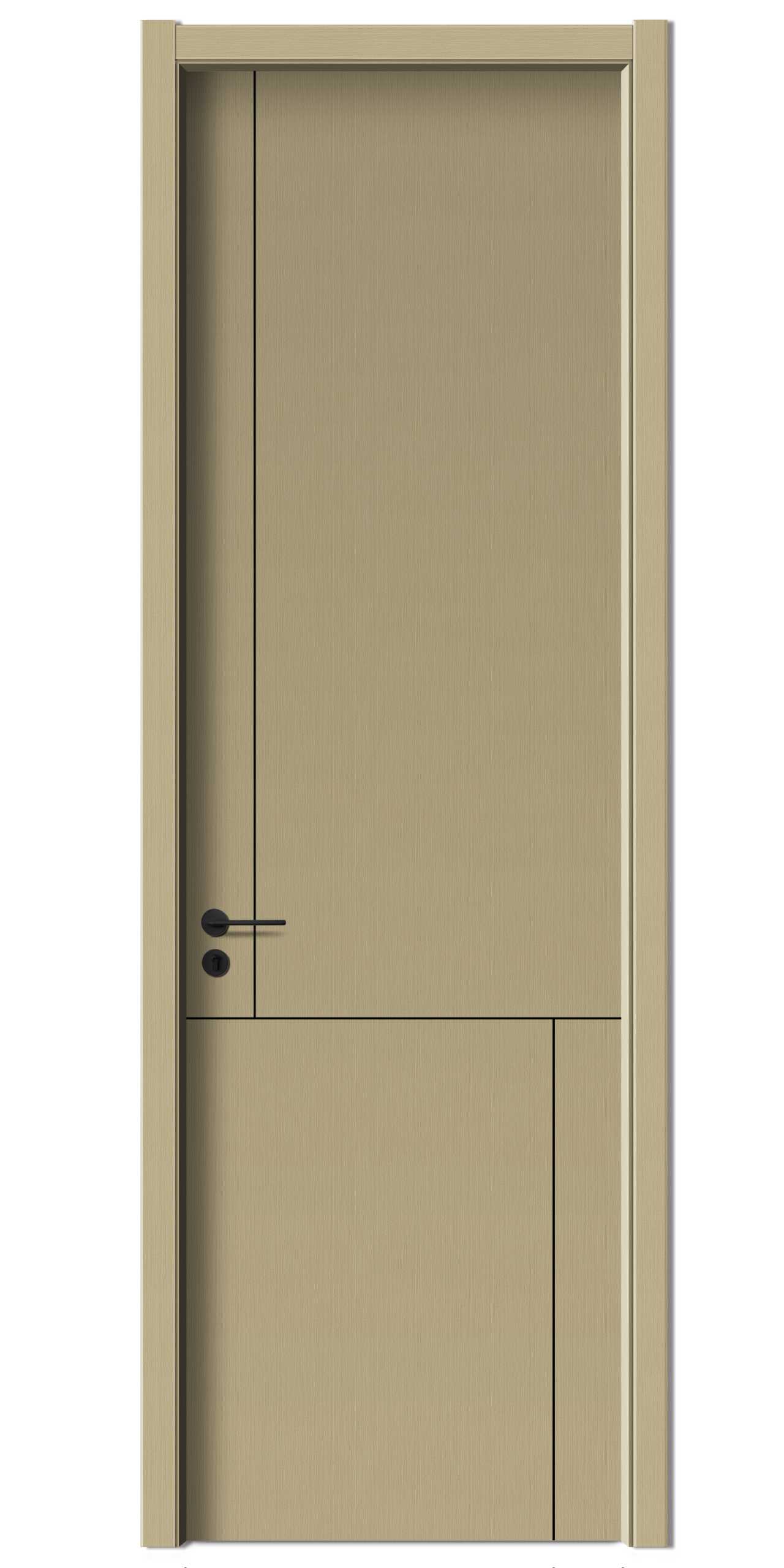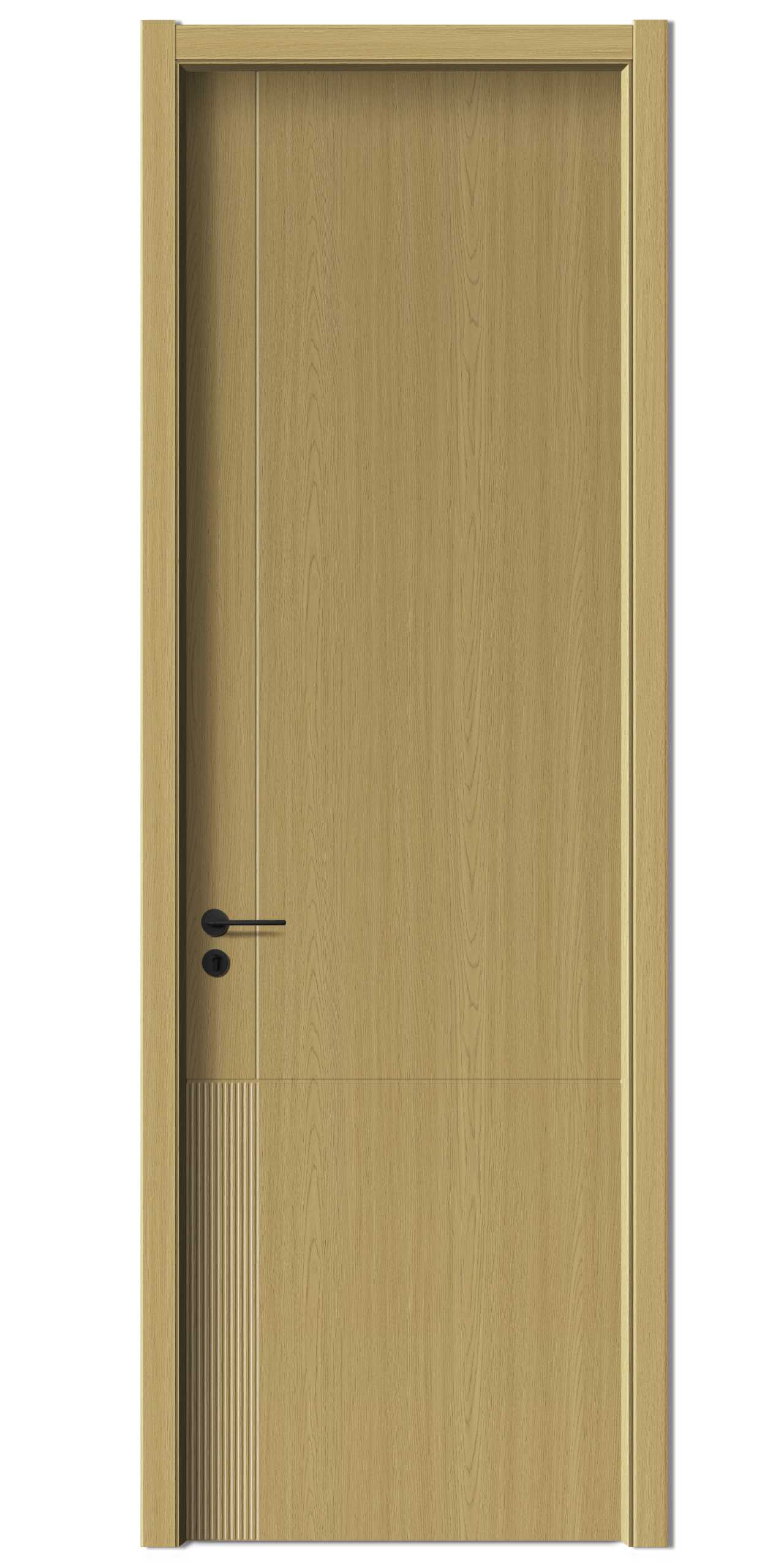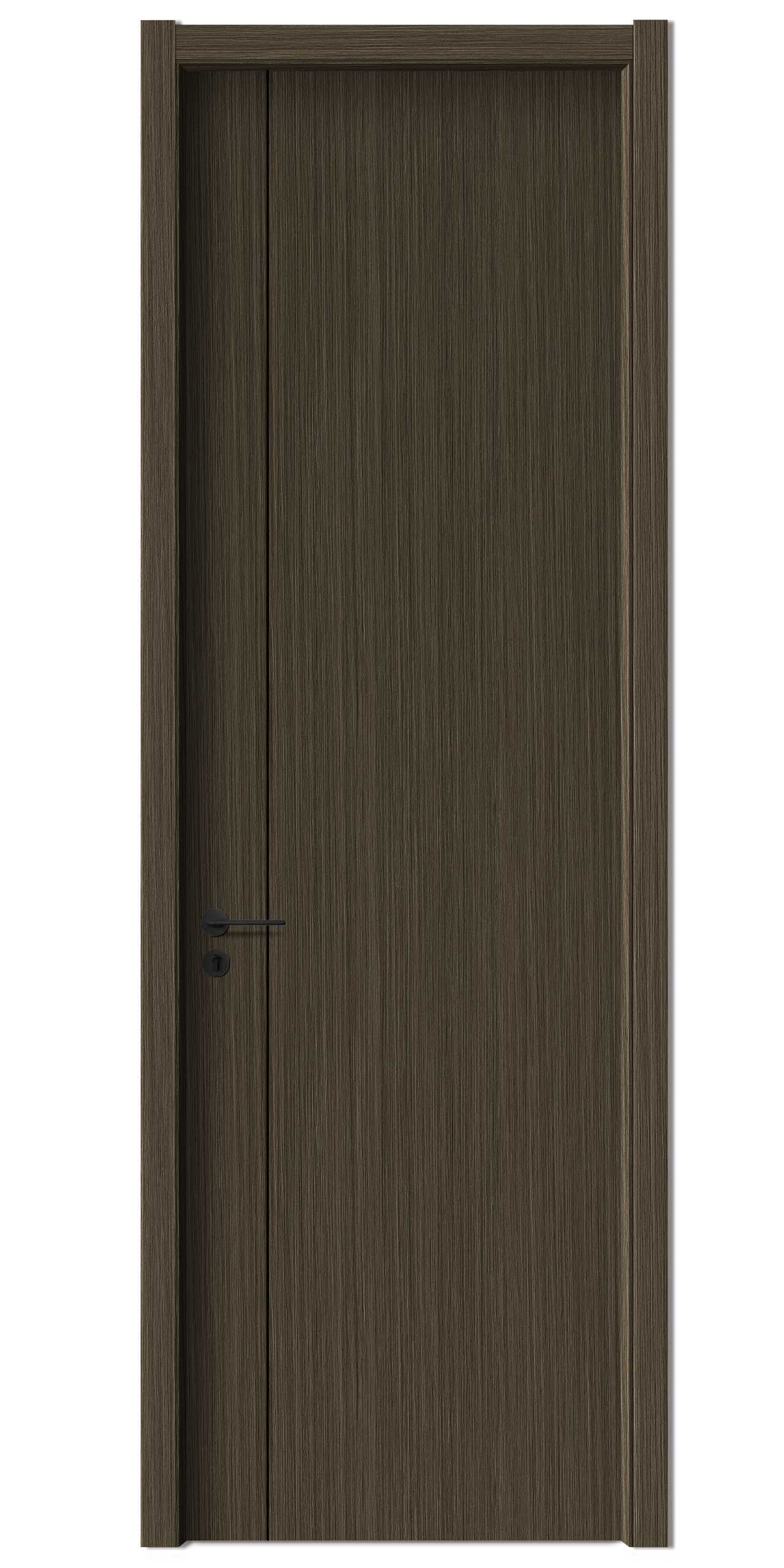Industry knowledge
How resistant are WPC carved doors to common issues like moisture, water damage, termites, and warping/cracking?
WPC (Wood Plastic Composite) carved doors represent a significant advancement in architectural materials, delivering the aesthetic appeal of natural wood carvings without inheriting its traditional vulnerabilities. The following analysis details the inherent structural and material resistance of WPC doors to critical environmental and biological stressors.
WPC is engineered from a precise blend of wood fiber (or flour) and thermoplastics (polymers), extruded at high temperatures and pressures. This process creates a dense, homogenous matrix where the plastic effectively seals and encapsulates the wood component. This composite structure is the foundation of the door's exceptional resistance profile, making it a high-performance choice for both interior and protected exterior applications.
Manufacturer Profile: Hangzhou Lanyun New Materials Co., Ltd.
As a high-tech enterprise, Hangzhou Lanyun New Materials Co., Ltd. specializes in the research and development, production, and sales of environmentally friendly decorative materials, reinforcing the commitment to modern, sustainable door solutions. The company operates from a substantial facility, boasting a total production area of over 20,000 square meters with a dedicated factory site covering 10,000 square meters.
To meet high-volume market demand while maintaining quality, the factory is equipped with:
This operational capacity yields an impressive annual output of 300,000 sets of WPC wood-plastic doors and 150,000 sets of melamine wood doors, positioning the company as a major producer in the specialized composite door sector.
1. Inherent Resistance to Moisture and Water Damage
WPC doors exhibit exceptional hydrophobic performance, distinguishing them from traditional timber and fiberboard products.
-
Mechanism of Resistance: The high plastic content creates an impermeable barrier. Unlike solid wood, WPC does not possess the cellular structure that allows for moisture ingress and subsequent saturation. The wood particles are physically isolated within the polymer matrix, preventing the hygroscopic (water-absorbing) swelling that plagues conventional materials.
-
Result: The door remains dimensionally stable even when subjected to prolonged exposure to high humidity, steam, or direct water contact, making it an ideal specification for high-moisture environments such as bathrooms, kitchens, and coastal installations. This characteristic fully mitigates the risk of rot and fungal decay.
2. Imperviousness to Termites and Pests
The composition of Wood Plastic Composite renders it fundamentally non-nutritive to wood-boring insects, including termites.
-
Mechanism of Resistance: Termites consume cellulose, the primary organic component in wood. In WPC, the cellulose fibers are thoroughly blended with and encased by plastic polymers. This chemical modification makes the entire material unattractive and indigestible to these pests.
-
Result: WPC doors are inherently termite-proof and insect-resistant, eliminating the need for periodic chemical treatments or the risk of structural compromise due to infestation, thereby ensuring long-term structural integrity.
3. Superior Dimensional Stability (Warping and Cracking)
Warping, cracking, and splitting are common failure points in natural wood doors, usually caused by environmental fluctuations. WPC technology overcomes these issues through high structural homogeneity.
-
Mechanism of Resistance: Because WPC maintains a near-zero rate of water absorption, it experiences minimal expansion or contraction in response to changes in ambient temperature and humidity. The composite material retains its form and volume across wide environmental variations.
-
Result: The door maintains its original fit within the frame, ensuring reliable operation and aesthetic quality over decades. This superior dimensional stability makes WPC highly resistant to the stresses that cause warping, bowing, and surface cracking.
Summary of Long-Term Value
The cumulative effect of these resistances translates into significant long-term value:
-
Minimal Maintenance: WPC doors require virtually no maintenance beyond routine cleaning, eliminating the recurrent cost and effort associated with painting, staining, sealing, or pest control required for wood.
-
Extended Lifespan: The combined resistance to water, pests, and structural instability ensures an exceptionally long and durable service life, often estimated to be several decades.
In conclusion, WPC carved doors offer a high-performance alternative where durability, dimensional stability, and resistance to environmental damage are paramount considerations in professional architectural specification.




